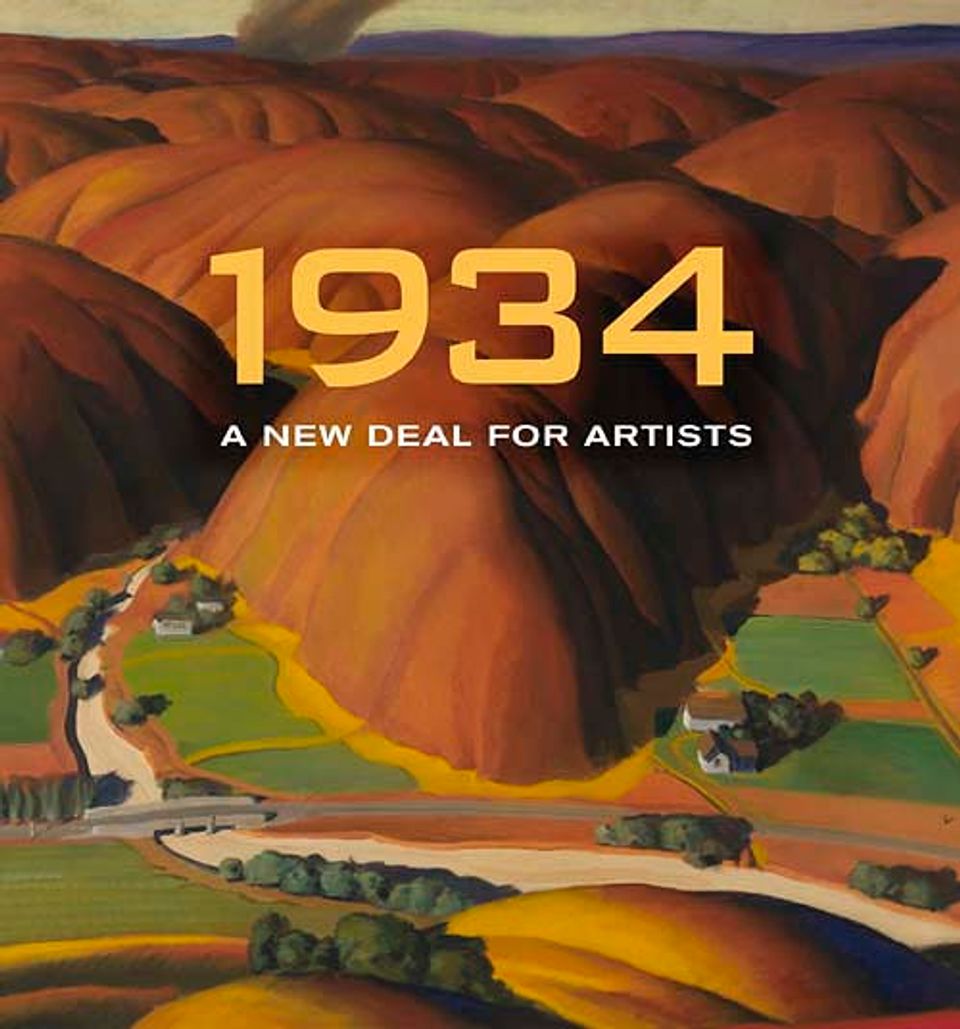Artwork Details
- Title
- The Farmer’s Kitchen
- Artist
- Date
- ca. 1934
- Location
- Not on view
- Dimensions
- 36 x 30 1⁄8 in. (91.5 x 76.5 cm.)
- Credit Line
- Transfer from the U.S. Department of Labor
- Mediums
- Mediums Description
- oil on canvas
- Classifications
- Subjects
- Architecture Interior — domestic — kitchen
- Object — furniture — stove
- Object — vegetable — radish
- Figure female — elderly — knee length
- Dress — accessory — eye wear
- Dress — accessory — apron
- Animal — cat
- Occupation — domestic — cooking
- New Deal — Public Works of Art Project — Illinois
- Object Number
- 1964.1.74
Artwork Description
Who is this poor farmwife, limp with weariness and lined with toil? One of Albright's neighbors in Warrenville, Illinois, posed for the painting. But no individual can explain the emotional freight of Albright's depiction. He aged and distorted every person he painted, young or old. Albright painted flesh that does not heal as living flesh does, but crumples and shows the scars of every event with equally cruel clarity.
1934: A New Deal for Artists exhibition label
Ivan Albright painted The Farmer's Kitchen for the Public Works of Art Project during the 1930s. Albright remembered that the Depression didn't affect his life too much because people didn't buy his paintings "whether times were good or bad, [so] it didn't make a bit of difference" (Anthony, "Ivan Albright, A 'Legendary' Interview," Vermont Public Radio, 1978). He emphasized every fold in this lady's dress and every wrinkle in her face to create a surreal, nightmarish figure that is both repellent and sympathetic. Her tired eyes and red, swollen knuckles highlight the effects of aging and suggest she is struggling to complete the simplest of tasks. The distant gaze, sad expression, and drab colors evoke the hardships of the Depression, which Albright witnessed even if he did not experience them directly.














